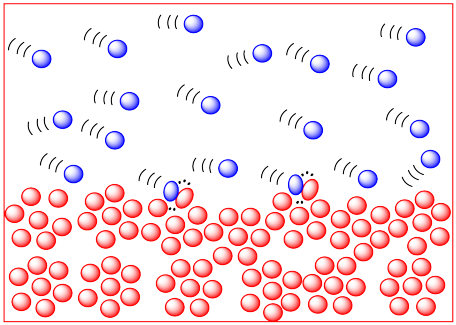Sound
GEORGIA JARMOLKIEWICZ
SOUND
sound is a huge part of our lives.
Ranging from music, to conversation, to our pets barking or purring, sound is important. It lets us know about danger: a siren, emotions: a change in voice pitch, even where someone is from: accents.
It plays a key role in our social interaction, our education, and our safety.
Imagine a world without music or conversation...
Sound waves
Sound waves are longitudinal. They are formed by air molecules compressing (getting close) and then rarefacting (becoming distanced)
Sometimes the waves reflect: an echo.
To louden your phone speaker, you often put it in a glass, for example, so the sound will reflect and amplify.
How is sound made?
MEASURING SPEED
TIME/DISTANCE = SPEED
Place two microphones 1m away from each other
Plug them into a timer that will start when microphone 1 picks up a noise and stop when microphone 2 does too.
Divide this time by 1m (the distance)
mic 1
mic 2
meter stick
timer
sound source
FREQUENCY/ PITCH
The frequency of a wave refers to how often the particles of the medium vibrate when a wave passes through the medium
High frequency = High pitch
Low Frequency = Low Pitch
How sound moves through...
SOLIDS, LIQUIDS AND GASES?
THE SPEED OF SOUND MOVING THROUGH A MEDIUM DEPENDS UPON HOW CLOSE ITS MOLECULES ARE: IF THE MOLECULES ARE CLOSE, THEY WILL COLLIDE FAST, AND THE SPEED OF SOUND WILL BE FAST. VICE VERSA.
SO LETS TAKE A LOOK AT SOLIDS, LIQUIDS AND GASES AT A MOLECULAR LEVEL
Solids - close, compact molecules, so they transport sound fast
Liquid - slightly less compact molecules with some space between them, transporting sound relatively fast
Gas - molecules moving freely, not at all compacted, meaning sound takes a while to transport through gas



My examples
1. Tapping a pen on the table - the contact of the table and the pen make the air around the contact point vibrate out
2. Keys jangling - when they make contact and smash together, the air around them vibrates out, again reaching your ears
3. Whistling - My lips are forcing out air which is vibrating against my lips and mouth, but most importantly in the air to produce a sound. These vibrations travel through air, to your ear.

hertz
Pen on Table (80Hz) - slower vibration, low frequency, low pitch
Keys (130Hz) - slightly faster vibration, still low frequency, average pitch
Whistling (3500Hz)- fast vibration, high frequency, high pitch
LET'S SEE WHAT YOU LEARNT with a game
Fun Fact: the background is a from a sound imaging device, an ultrasound, using sonography
Match the noise/song with its frequency
Play the first 10s/15s of each song or noise, to try and identify their frequency.
The reason you can only listen for 10-15s is because most songs change pitch/add loops in after this time.
1
2
3
4
5
a - 233Hz
b - 1000Hz
c - 1800Hz
d - 95Hz
e - 130Hz
1-b
2-E
3-A
4-C
5-D
Thank you
BIBLIOGRAPHY
Physics Book
physicsclassroom.com
physics.info
wavephysics.com
scienceclassroom.com